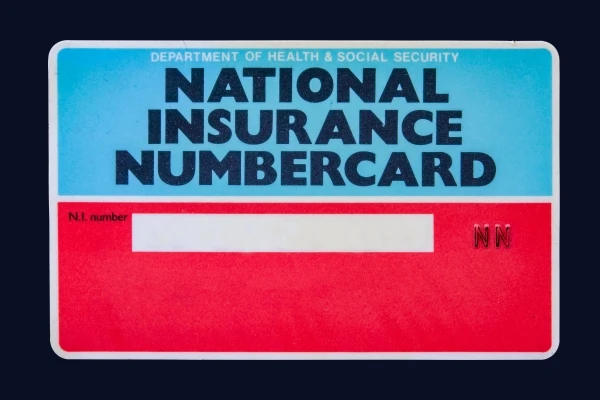What Are National Insurance Rates?
National Insurance rates set out how much you pay in contributions based on your income and employment status. These contributions help fund the State Pension, the NHS, and other state benefits.
If you’re employed, your employer also pays National Insurance on your wages. If you’re self-employed, you pay different National Insurance rates and classes through Self-Assessment.
The rate you pay depends on your earnings and which National Insurance class you fall under for example, Class 1 for employees, Class 2 and Class 4 for the self-employed.
Knowing what National Insurance rates apply to you helps you understand what’s taken from your pay, how it affects your take-home income, and what state benefits you’re building up for the future.
Getting Started with National Insurance Rates
Before you can work out how much National Insurance you’ll pay, it’s important to know which National Insurance class applies to you. Your rate depends on whether you’re employed, self-employed, or earning above certain thresholds.
Employees usually pay Class 1 National Insurance, which is deducted automatically through PAYE by your employer. If you’re self-employed, you’ll pay Class 2 and Class 4 contributions through your Self-Assessment tax return.
Checking your earnings, knowing the current rates, and understanding your contribution record helps you plan ahead, stay compliant, and make sure you qualify for benefits like the State Pension.










